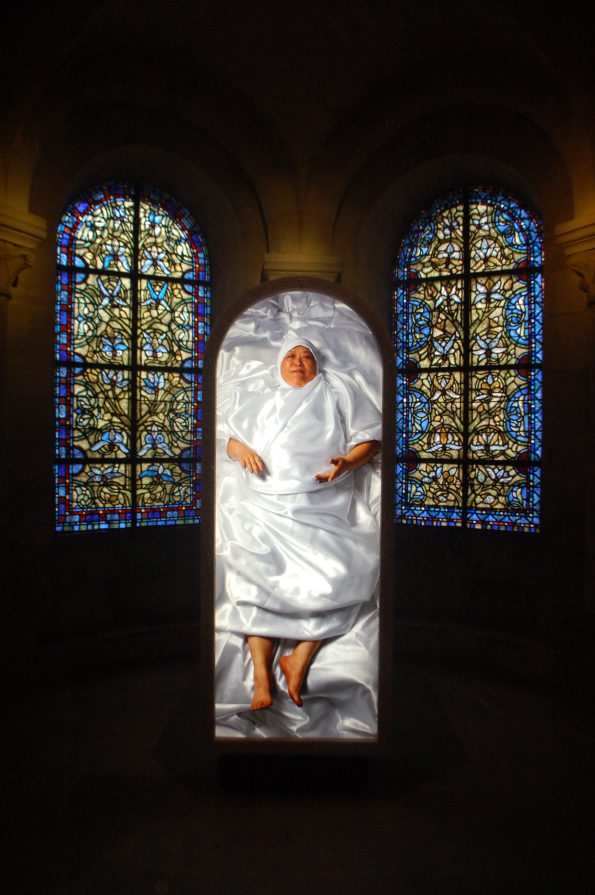By Iris Samuels
In Seine-Saint-Denis, a poor suburb of Paris, contradictions are everywhere. Its market is a festival of sights, sounds and smells. It offers everything from Algerian dates to three-euro party dresses. In a vast glass-and-steel building from the 19th century, vendors sell pig heads alongside traditional pastries. Outside, the streets are teeming with shoppers. Interspersed are beggars carrying signs that read “Syrian Refugee, S.O.S.”
The French elections are less than two months away, and volunteers are handing out flyers advertising the different candidates. The leading candidate, Marine Le Pen, is expectedly missing. She has built a campaign on the promise to radically reduce France’s immigration, and in Seine-Saint-Denis, this hits close to him.
Seine-Saint-Denis is a short metro ride from the center of Paris, but a world away. Unlike the neatly cultivated streets of the Marais, or the inviting shops of rue des Martyrs, Saint Denis is rough around the edges. More than a third of the residents are born outside of France, and many of them are immigrants from North African and Muslim countries.
But the suburb, or banlieue, as it is called in French, is also home to the Basilica of Saint Denis, where most French royalty were once buried. The bodies have since been removed, but the regal aura remains in the Basilica’s dark crypt and colorful stained-glassed windows. which symbolize a society of power, opulence, and exclusion.
Now, the crypt of the basilica is playing host to an exhibition by artist Arilès de Tizi, titled Queens of France. Set against the backdrop of stained-glass windows, full body images of women draped in white satin adorn the walls. They are all current residents of Saint Denis, and come from a variety of racial and ethnic backgrounds. In the images, the women’s faces, hands and feet are visible, displaying hints of modernity in an ancient space: neatly manicured fingernails, silver rings, leather watches.

At the entrance to the exhibit, a video screen displays testimonies of the photographed women. One of them, an immigrant from Morocco, says on life in France, “I have gotten used to it here an I don’t have any connection to Morocco. My children were raised here.” Still, she often feels rejected in a society that strives for homogeneity.
The women in de Tizi’s art are a reflection of the shoppers at the Saint Denis market. De Tizi himself was born in Algeria, and come to France in 1990s, when his country plunged into a civil war. His portraits remind the basilica visitors of a new French identity – more colorful, vibrant and complicated than Marine Le Pen is willing to accept. Le Pen, the leading candidate, is effectively denouncing the diversity that de Tizi’s work celebrates.
France’s future is on the line, and one of the biggest questions remains – are the new queens of France truly welcome?
